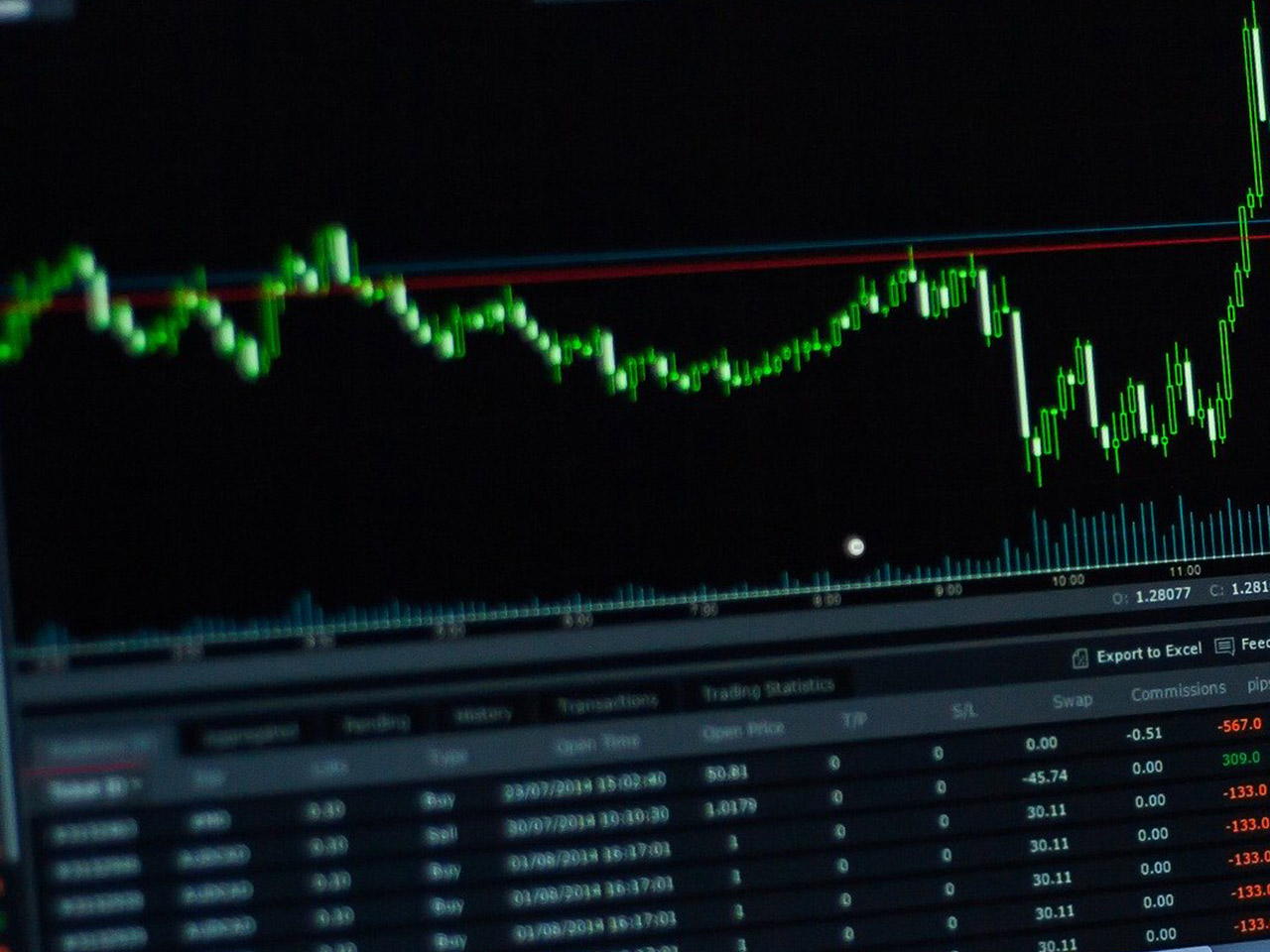As one of the UK’s venerable grocery giants, J Sainsbury plc (SBRY.L) continues to be a focal point for investors eyeing the Consumer Defensive sector. With a market capitalisation of $5.4 billion, Sainsbury’s is a stalwart in the grocery stores industry, offering a diversified portfolio that extends beyond food retailing to general merchandise, clothing, and financial services.
Currently trading at 231.2 GBp, Sainsbury’s stock price reflects a slight dip of 0.03% from its previous level, resting just above its 52-week low of 230.60 and well below its high of 299.80. This presents a potentially attractive entry point for investors, especially considering the analyst consensus pointing towards a significant potential upside of 26.67%. With the average target price set at 292.86 GBp, there’s room for optimism amongst Sainsbury’s shareholders.
Despite the absence of traditional valuation metrics like P/E and PEG ratios, the forward P/E ratio stands out at an astonishing 965.55, suggesting that the market is pricing in considerable expectations for future earnings growth. This is a signal for investors to keep a close watch on Sainsbury’s strategic initiatives and performance in upcoming quarters.
Performance metrics indicate a modest return on equity of 2.53%, a figure that may seem underwhelming but is bolstered by a healthy free cash flow of over £851 million. This cash flow strength underpins the company’s ability to sustain its dividend yield of 5.52%, although the payout ratio of 179.45% might raise eyebrows regarding the sustainability of such a yield in the long term.
Sainsbury’s diverse operations, spanning from its core grocery business to the Argos brand, Nectar loyalty programme, and even electric charging stations under the Smart Charge brand, present a multifaceted growth story. The company’s financial services arm, offering an array of products from credit cards to pet insurance, adds another layer of revenue potential.
The technical landscape reveals a stock currently trading below its 50-day and 200-day moving averages, at 249.61 and 266.54 respectively. A Relative Strength Index (RSI) of 47.58 suggests the stock is neither overbought nor oversold, while the Moving Average Convergence Divergence (MACD) indicator at -4.66, alongside a Signal Line of -4.93, reflects some bearish sentiment. However, these technical indicators may signal a potential reversal, particularly if the stock gains momentum from its current position.
Analysts’ sentiment towards Sainsbury’s is cautiously optimistic, with 8 buy ratings, 3 hold recommendations, and 2 sell ratings. This mixed viewpoint highlights the importance of due diligence for investors considering whether to hold, buy more, or initiate a position in Sainsbury’s shares.
Operating in a competitive landscape, Sainsbury’s strategic execution in adapting to consumer trends, such as the shift to online shopping and sustainability initiatives, will be key to driving future growth. For investors, the allure of a substantial potential upside, supported by a robust cash flow and a longstanding market presence, makes Sainsbury’s a compelling consideration for those seeking stability coupled with growth potential in a defensive sector.





































